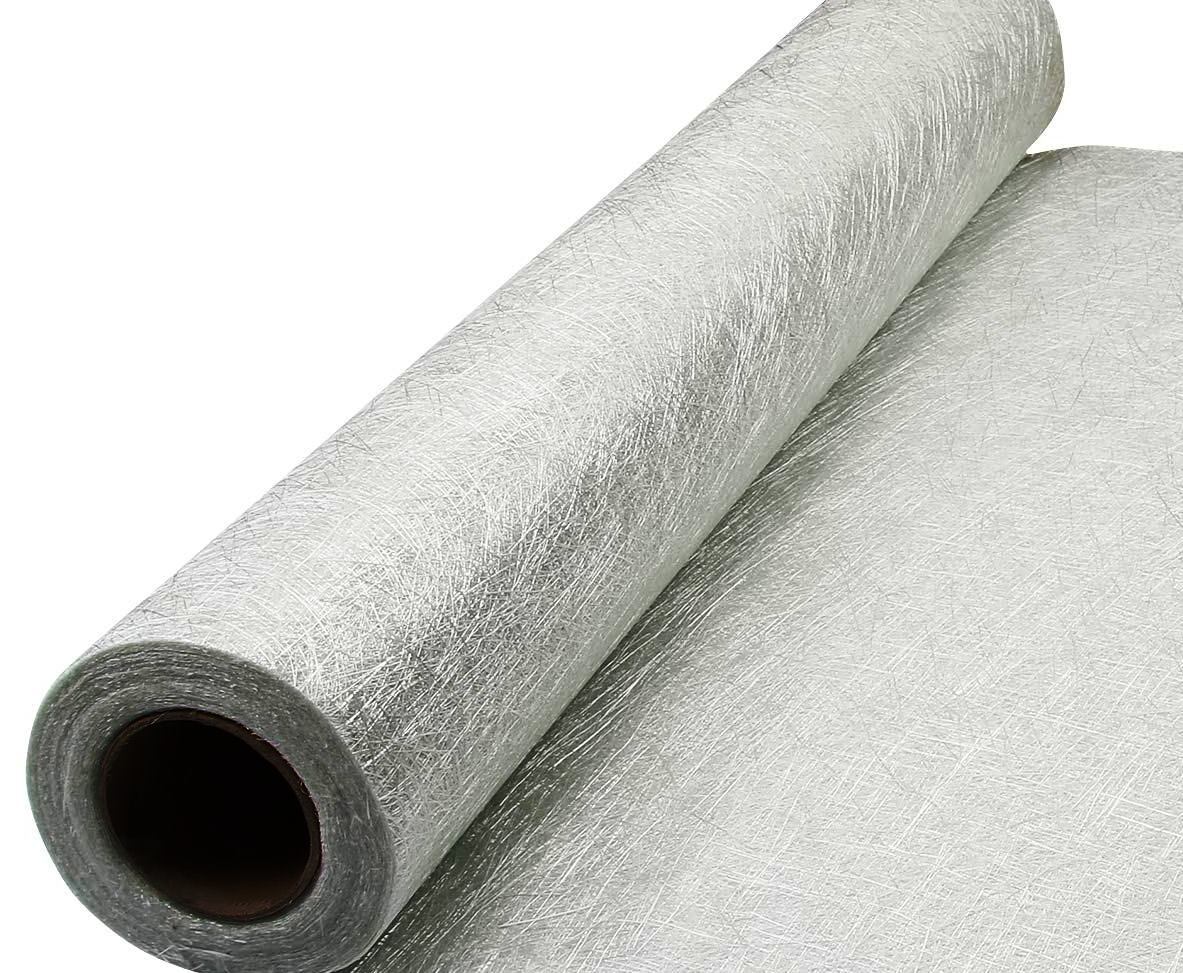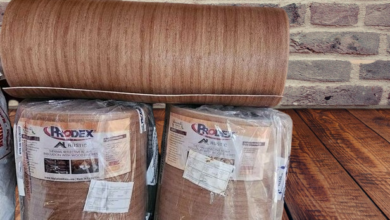Installing Fiberglass Insulation Over Foam Board

It is admirable how well insulation controls the flow of heat within a building. You might be tempted to cover foam board with fiberglass insulation if you’re serious about making sure your house is well-insulated.
There are certain issues you should be aware of, despite the fact that it’s useful and can provide you with many advantages in terms of heat regulation.
This post will address some of these issues and examine foam boards and fiberglass insulation in more detail, as well as whether it makes sense to combine the two.
What Are The Issues With Covering Foam Board With Fiberglass Insulation?
Fiberglass over foam board is a labor-intensive renovation project. Apart from that, you should be mindful of the following concerns:
- 1. Adding fiberglass insulation to foam board can cause moisture to be trapped, which can result in the growth of mold and decay.
Even though adding fiberglass insulation can be advantageous, there are certain disadvantages that most people aren’t aware of. Even though you take care to ensure that the fiberglass insulation is dry, leaks may still occur in the future, leading to decay or the growth of mold.
While you consider adding fiberglass insulation to the foam board, you also need to address the moisture issue. Vapor barriers are always a great way to solve problems.
- 2. Another issue with covering a foam board with fiberglass insulation is that you might compress the fiberglass batts, which would lower the R-value and defeat the purpose of covering the foam board in the first place.
The thermal resistance of insulation products is rated using the R-value. The efficiency of fiberglass insulation will decrease with a decreasing R-value, and you might not receive the desired benefits.
We advise careful fiberglass installation to prevent this issue. Preventing the batts from being compressed and lowering their R-value is the aim of this action.
The two biggest issues with covering a foam board with fiberglass insulation are these two. It may be possible to try installing fiberglass insulation on a foam board if you can steer clear of these issues.
Fiberglass Insulation: What Is It?
The majority of homes are insulated using fiberglass. Many builders prefer to use it because it has been around for decades in the construction industry. Fiberglass comes in rolls, batts, and loose-fill varieties.
Go with high-density batts if you’re looking for fiberglass insulation with the highest R-value. Walls, ceilings, and floors can all be constructed with fiberglass.
The science underlying how fiberglass insulates a house is not too complicated. It restricts the amount of heat or cold that enters or exits your home by trapping air pockets.
Fiberglass keeps heat from escaping the walls in the winter and keeps heat from the outside from entering the house in the summer. As you can see, it functions through a fairly simple mechanism.
Let’s move on: fiberglass is reasonably priced. Fiberglass insulation can save costs because it is usually more expensive than other materials. Installation is a fairly easy process.
Even though fiberglass insulation is fantastic, there are a few disadvantages, which is why a lot of homeowners are moving to alternative types of insulation.
When glass fragments get into the air, they can be harmful to your health. When you come into contact with glass fiber shards, your skin may become irritated. Inhaling them or getting them in your eyes can also irritate your organs.
Your walls may have gaps where the fiberglass leaks and becomes contaminated. Another problem with fiberglass insulation is that it retains moisture, which encourages the growth of mold.
It is important to understand these concerns prior to applying fiberglass to a foam board.
Foam Board: What Is It?
These are stiff polyurethane, polyisocyanurate, and polystyrene insulation panels. There are several different thicknesses of foam boards. Its popularity stems from its ability to be trimmed to fit any kind of project.
Their work in insulating your home is excellent. Foam boards are made in a unique way. To make sure it is resistant to moisture buildup between the insulation and walls, always look for one with a vapor barrier.
Foam board insulation stops heat transfer from the house to the outside, just like fiberglass insulation does.Foam boards work so well because they are generally poor heat conductors.
Foam boards offer benefits and drawbacks. For example, because you can cut them to the length you want, they are ideal for any do-it-yourself project.
Foam boards are also reasonably priced. Conversely, you should be aware that caulking or taping foam board joints will stop heat transfer. Further work is required for this. Additionally, some foam boards eventually lose their ability to insulate.
Will Insulation in Your Home Increase With Fiberglass and Foam Boards?
The majority of people typically choose fiberglass insulation or foam board. It’s a good thing that you must be very keen on insulating your home if you are considering using both.
It’s a great idea to place fiberglass insulation on top of foam board. However, you have to make sure that you address the issues that we brought up earlier. You should get the most insulation possible from the foam board and fiberglass if you take care of that.
Which One Should Go First: the Foam Board or the Fiberglass?
Determining which type of insulation belongs near the interior and which belongs outside when using two types of insulation at the same time can be difficult.
For optimal results, place the fiberglass further from the exterior and the foam board closer to the interior. This implies that the fiberglass should be placed first.
By doing this, the wall will become totally sealed. However, you need to be aware of how moisture affects things. Moisture cannot condense in the middle of the insulation if the foam board has a vapor barrier on the inside.
Make sure the fiberglass insulation is placed first, followed by the foam board, when covering it with fiberglass insulation.
Glass Fiber Insulation Against Foam Boards
Even though the function of foam board on your walls can be enhanced by fiberglass insulation, it’s important to understand the advantages of each. Here is a brief comparison of the various features of fiberglass and foam boards.
- Building
Sheets of rigid foam measure four by eight feet. The thickness of the sheets ranges from ¼ to 2 inches. Select from premium green polyisocyanurate or expanded polystyrene.
These boards withstand splitting and cracking and react well to moisture. Conversely, fiberglass is offered for sale in lengthy rolls or batts. Foam boards are stiff; fiberglass is softer.
One important distinction between foam boards and fiberglass is that the former should not be utilized near moisture. Fiberglass has a reputation for retaining moisture, which can cause mold to grow on your walls and cause more serious issues.
The fact that fiberglass batts range in thickness from 3.5 inches to 12 inches should reassure you. That is fairly thick, and you can be sure that it will increase the overall R-value of the insulation in your house.
- Utilization
You can use rigid foam board for walls, rim joists, basements, and other places. Walls can also be covered with fiberglass. However, fiberglass is the most effective insulation material for newly constructed homes.
Spray foam is the best option for insulating a house that has already been built. Because it is less invasive, it can move quickly in between spaces.
Because fiberglass can be used for floors and attics, it has more uses. Foam boards are different due to their structure, so the same cannot be said.
- Value of R
The R-value is the other significant distinction between these two insulating materials. Compared to fiberglass, a foam board has a higher R-value per cubic inch.
So, if energy efficiency is your goal, choose rigid foam. However, since you want to use both in this instance, combining them precisely will guarantee a higher overall R-value.
- Cost
The cost is the final distinction we will examine. Rigid foam is far more expensive than fiberglass. This won’t matter, though, as you plan to use both.
However, it’s critical to understand that fiberglass insulation is significantly less expensive. When installing both, fiberglass requires less waste because it doesn’t need to be cut like foam boards do.
Is Covering Foam Board with Fiberglass Worth It?
You should assess if the project is worth the investment before starting. You will need a lot of time and resources, after all.
If you are working on a large area, adding fiberglass to a foam board is a project that will require labor and money. as long as everything is carried out properly.
The fiberglass batts are not compressed, and the moisture is managed. This project shouldn’t cause any problems. The insulation in your house will actually get much better.

